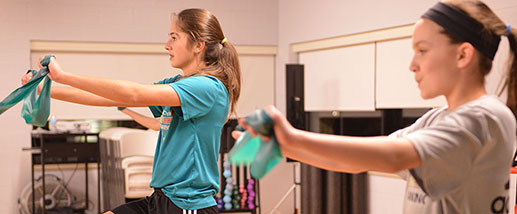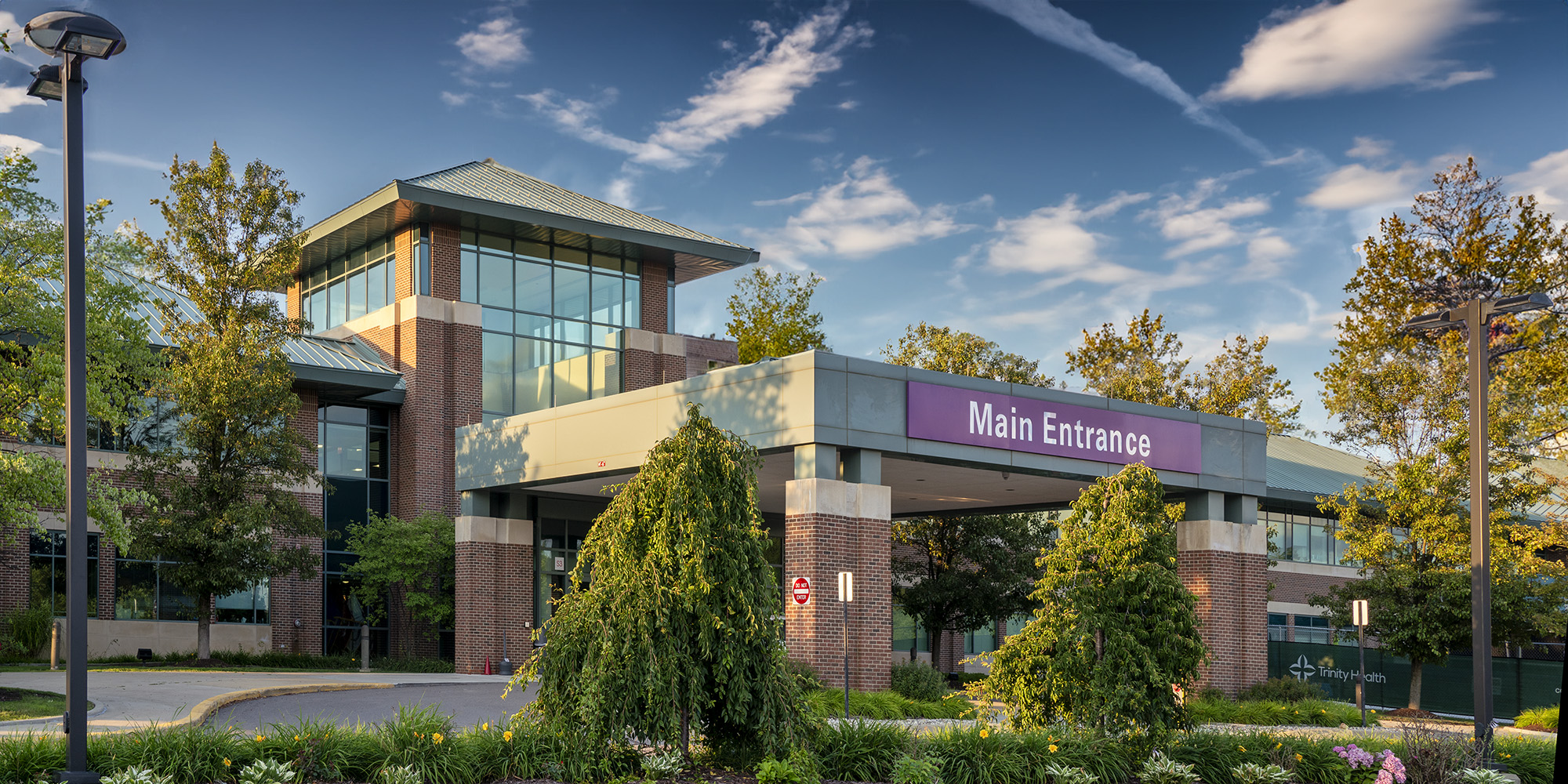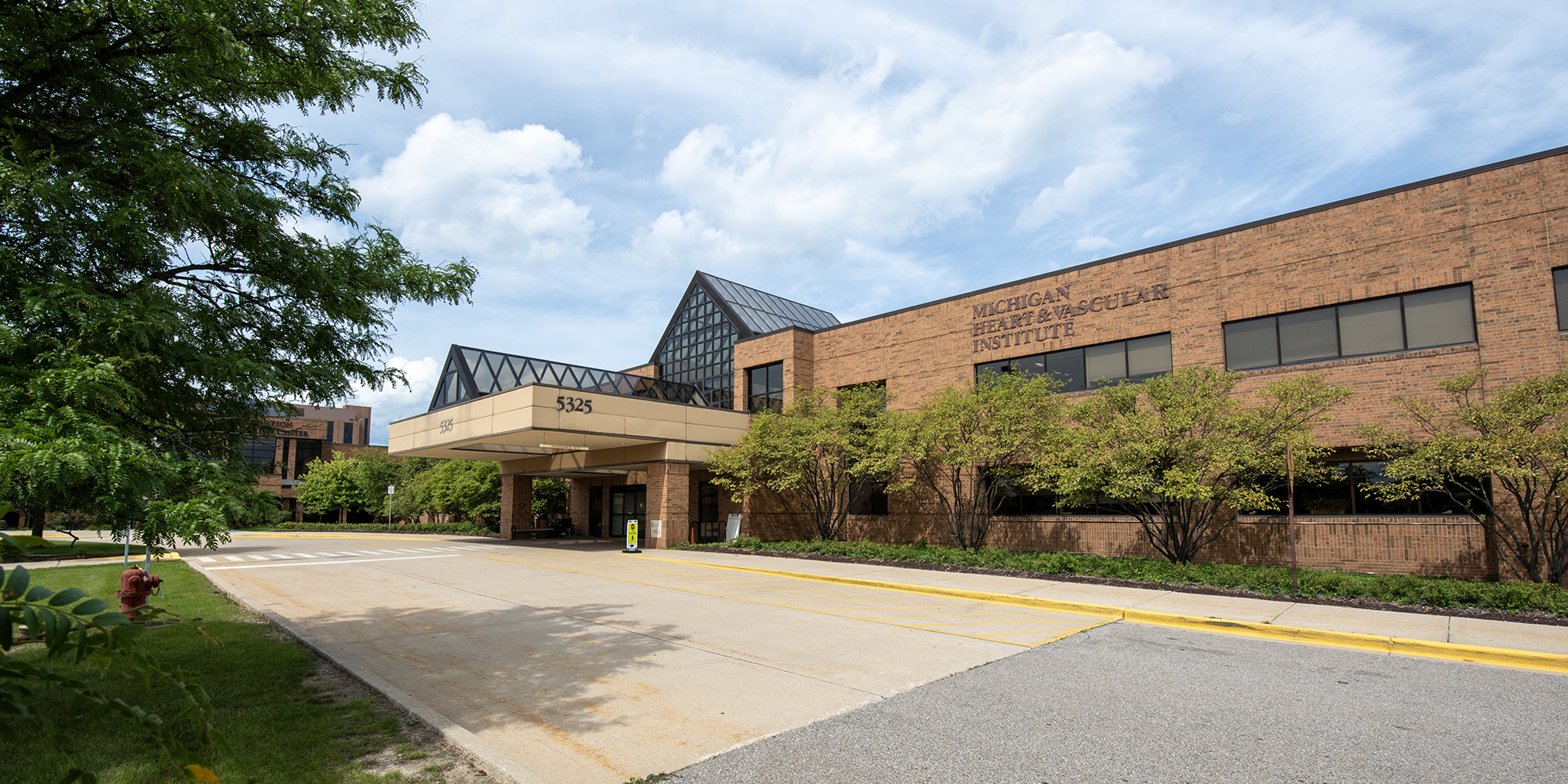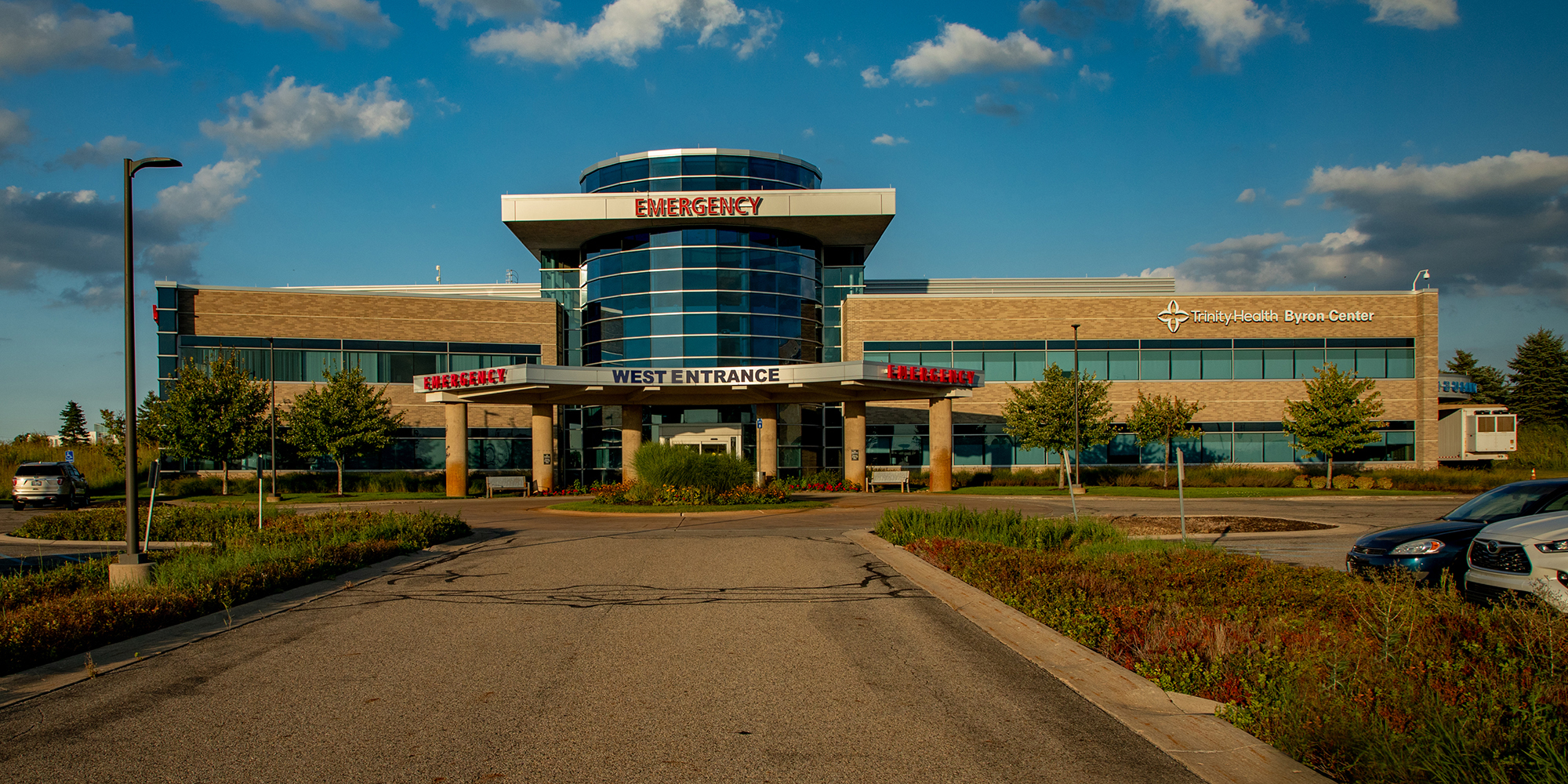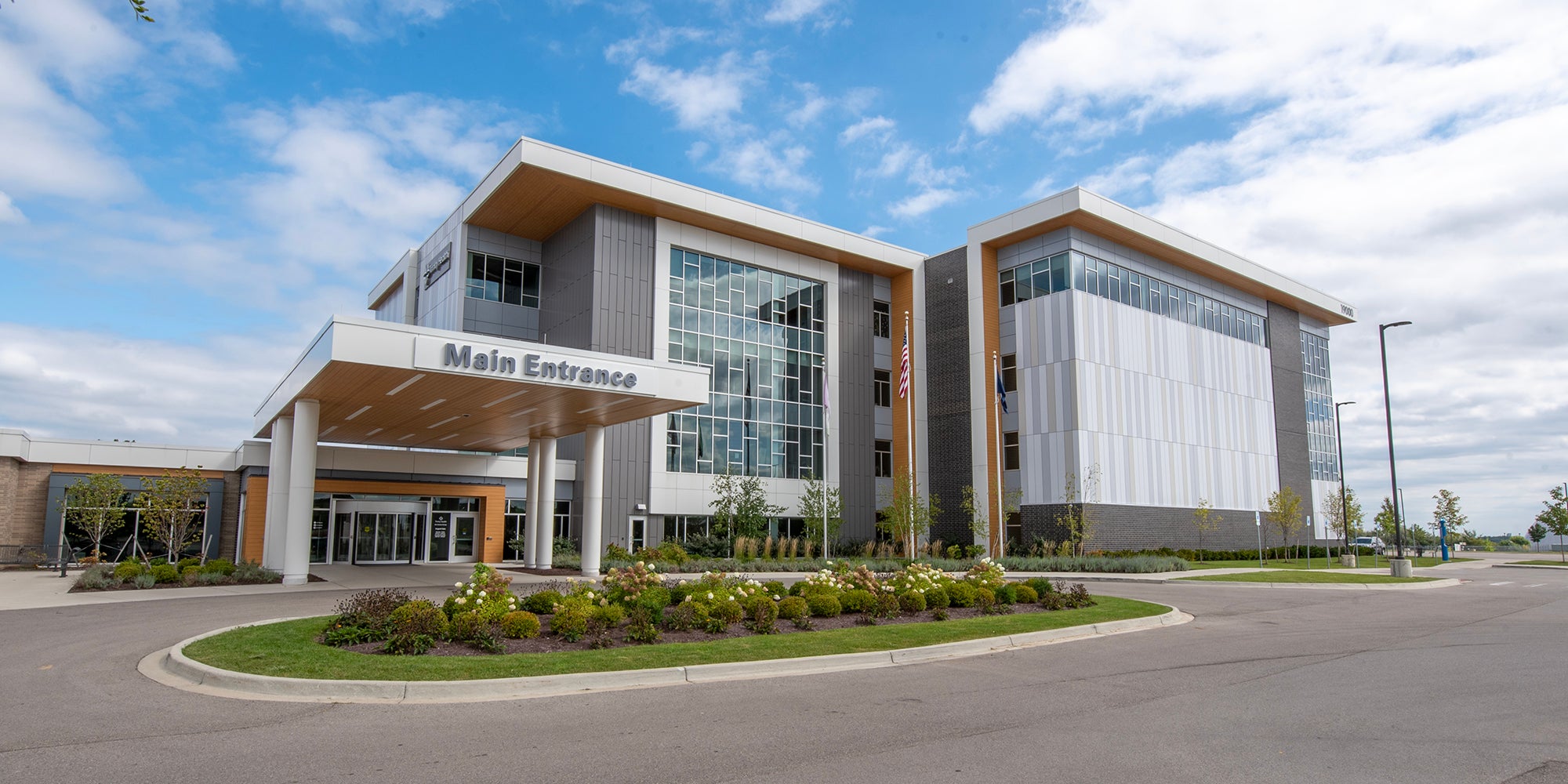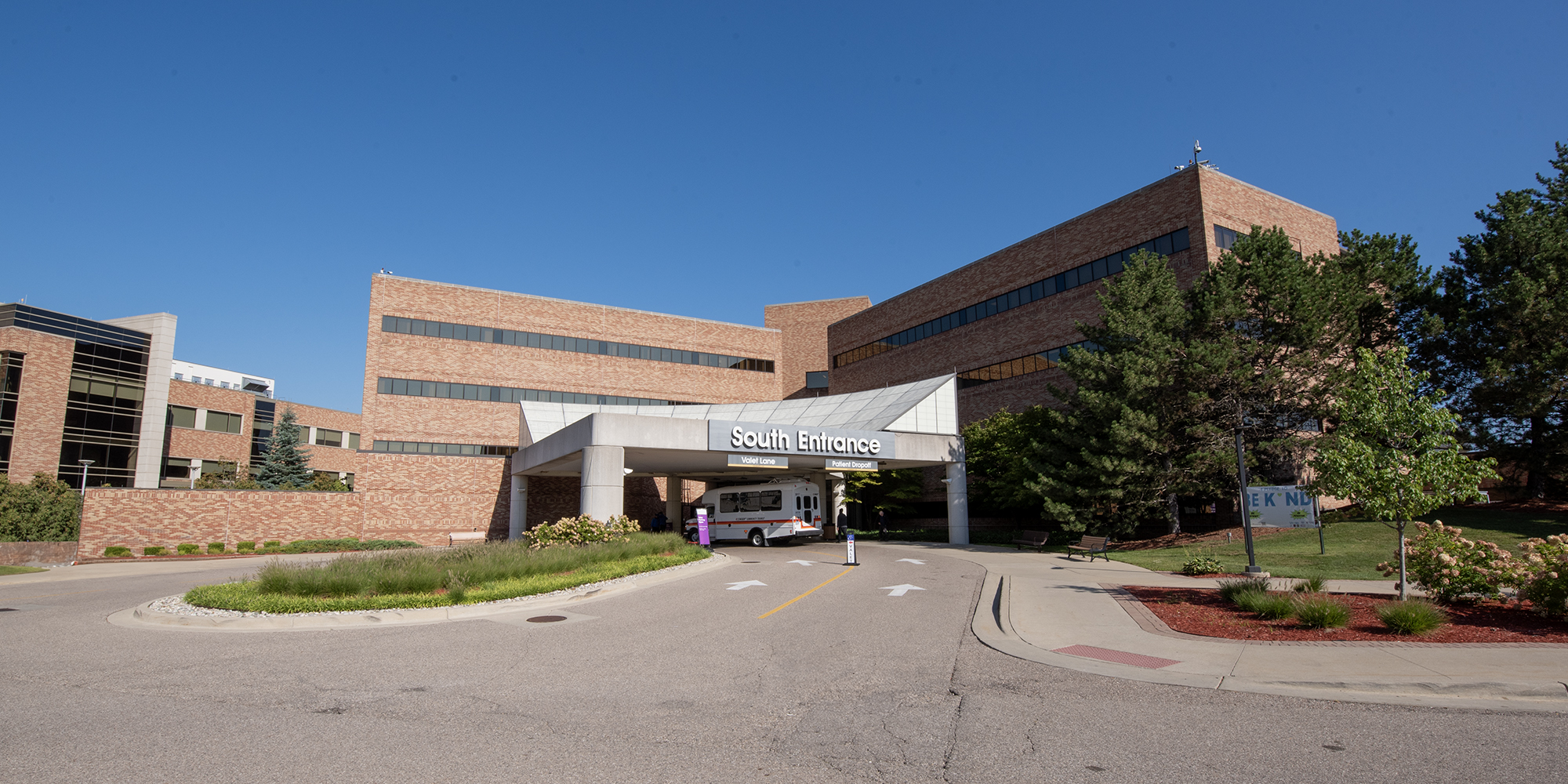Heart Surgery
Experts at Trinity Health Michigan have been performing heart surgery for more than 40 years. We offer the highest level of care, including procedures you might not expect to find close to home. Our cardiac surgeons have helped generations of people in Southeast and West Michigan reclaim their heart health.
Trusted heart surgeons deliver treatments that improve function, and our patients consistently achieve outstanding results. Our compassionate approach includes helping hands at every turn so that you can focus on recovery.

Contact Us
To learn more, please contact one of our locations or speak with your physician.
Find a DoctorOur Locations
Heart Surgery at Trinity Health Michigan: Why Choose Us?
Trinity Health Michigan helps more people receive high-quality heart surgery close to home. We were the first program offering open-heart surgery to the Lakeshore region of West Michigan. Across all our locations, you’ll find cardiac surgeons who are leaders in advanced techniques. We deliver personalized treatments that help you feel cared for before and after surgery.
Our heart surgeons perform a high volume of healing procedures. Trinity Health Michigan was one of the first programs in the Midwest to use robotic technologies for bypass surgery and valve repair procedures. This advanced equipment improves surgical precision with smaller incisions, so it’s gentler on your body.
Heart Surgeries We Perform
As one of the region’s top cardiovascular programs, you can count on us for more of the care you need.
Heart surgeries we perform include:
Aortic Aneurysm Repair
An aortic aneurysm is a weak area in the body’s largest blood vessel. The aorta bulges out in this area. A repair is an open-heart procedure that reinforces the aneurysm and protects you against complications.
A heart surgeon makes an incision in your chest and places a device called a stent graft inside the aorta. The graft is a hollow tube with a metal mesh support. Blood flows through it instead of putting pressure on the aneurysm.
In some cases, we perform aortic aneurysm repair using minimally invasive techniques. Find out more about interventional cardiology procedures.
Convergent Procedure for Arrhythmia (Atrial Fibrillation)
Arrhythmia experts (electrophysiologists) and cardiac surgeons work together to stop atrial fibrillation where it starts. Find out more about arrhythmia treatments.
Here’s how the convergent procedure works:
- Heart surgeons make small incisions in the abdomen, making it possible to insert a long, thin tube (catheter) to access the heart.
- Electrophysiologists use the catheter to burn targeted areas of tissue, which disrupts abnormal electrical signals.
Coronary Artery Bypass Graft (CABG)
This treatment is for people with coronary artery disease, which causes narrowing and blockages in the blood vessels that supply the heart. You may need a CABG procedure to prevent a heart attack. If you have had a heart attack, CABG can restore blood flow and prevent additional complications.
CABG uses a healthy blood vessel from another part of the body to reroute blood flow around a narrow or blocked cardiac artery. We often perform this procedure using robotic surgical technology. The surgeon uses a computer console to control the robotic arm for precise care and optimal outcomes.
Maze Procedure
The maze procedure is another treatment for atrial fibrillation (AFib). It involves open-heart surgery, which uses larger incisions. A cardiac surgeon uses heat or cold energy to create scars in a maze-like pattern in targeted areas of heart tissue. The scar tissue disrupts abnormal electrical signals to restore a more effective heartbeat.
Mitral Valve Repair
We are one of the few programs in the Midwest using robotic surgical technologies to perform mitral valve surgery. The mitral valve contains tiny tissue flaps (leaflets) that keep blood flowing in the right direction.
Repair procedures may involve removing excess tissue, patching holes or improving the leaflets’ ability to snap closed. Robotic surgical techniques enable us to carry out the procedure using smaller incisions and protecting nearby healthy tissue.
Ross Procedure
This open-heart surgery is for aortic valves that are leaky or too narrow. These challenges limit the amount of blood and oxygen delivered to the rest of the body.
The Ross procedure starts by replacing the damaged aortic valve with your pulmonary valve. This valve releases blood from the heart to the lungs. A surgeon makes incisions to remove the pulmonary valve. They use a donor valve to replace the pulmonary valve.
Transcatheter Aortic Valve Replacement (TAVR)
TAVR is a minimally invasive procedure that relieves aortic valve narrowing. The replacement valve is on a mesh scaffold that pushes narrowed heart valve tissue away instead of removing it.
Here’s how TAVR procedures work:
- Heart surgeons make a small incision on the left side of the chest. This makes it possible to insert a long, thin tube (catheter) to access the heart.
- Interventional cardiologists use the catheter to implant the new valve.


